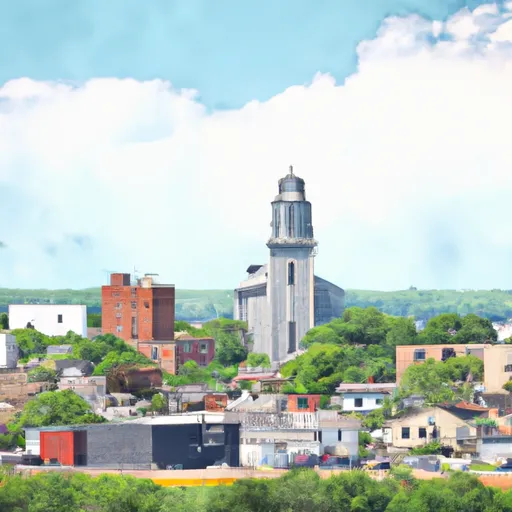°F
°F
mph
Windspeed
%
Humidity











Saint-Lucas, Iowa is a small town nestled in Fayette County, in the northeastern part of the state. The climate in this region is classified as humid continental, characterized by hot summers and cold winters. Average temperatures range from around 20°F (-6°C) in January to 80°F (27°C) in July. Precipitation is fairly evenly distributed throughout the year.
The hydrology of Saint-Lucas is influenced by the nearby Turkey River, which flows through the region. The river provides opportunities for water-based activities such as fishing, kayaking, and canoeing. It is home to various species of fish, including bass, trout, and catfish, attracting anglers from the area.
In addition to the river, Saint-Lucas and its surrounding areas offer several outdoor recreation opportunities. Nearby parks and natural areas provide opportunities for hiking, camping, and wildlife viewing. The picturesque landscapes, with rolling hills and lush greenery, make it an ideal destination for nature enthusiasts.
Overall, Saint-Lucas, Iowa offers a diverse climate, water resources, and outdoor recreational opportunities, making it an appealing destination for residents and visitors alike.
Weather Forecast
Saint-Lucas receives approximately 891mm of rain per year, with humidity levels near 83% and air temperatures averaging around 8°C. Saint-Lucas has a plant hardyness factor of 4, meaning plants and agriculture in this region thrive during a short period during spring and early summer. Most plants will die off during the colder winter months.
Regional Streamflow Levels
135
Cubic Feet Per Second
193
Cubic Feet Per Second
13
Cubic Feet Per Second
4
Cubic Feet Per Second
Nearby Camping
| Camping Area | Reservations | Toilets | Showers |
|---|---|---|---|
| Paddy Creek | |||
| Paydown Access - MDC | |||
| Sycamore Loop Dispersed - Noblett Lake | |||
| Piney River Military - Fort Leonard Wood | |||
| Chamois Access - MDC | |||
| Rollins Ferry Access - MDC |



